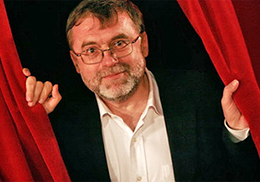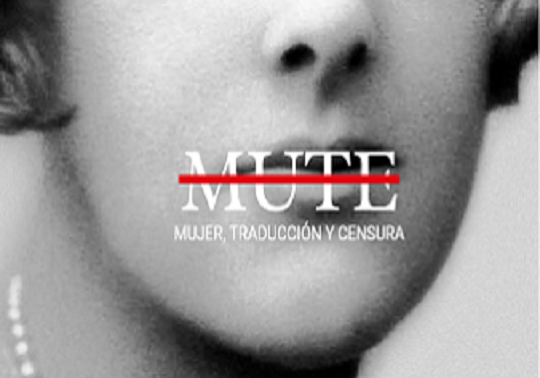.jpg)
Swiss academic born in 1857 is considered to be the father of modern language studies, while the British born in 1932 developped Semantics. However, both basic studies have contributed to a better understanding of language structures humans use to communicate
17 june 2016
Ferdinand de Saussure -Switzerland 1857- focused his language investigations in inner structures and organization. This way, he established that language is formed by basic interconnected unities, such as “concept” and “concept mental trace”, which are related in the individual’s brain. These two sides constitute the “significance” -phonic image- and “signifier” -real image- of the language. Its relation is arbitrary, according to Saussure, which give stability to the signifier; but never coming up to the immobilization of both concepts.
Language -a combination of signs that a linguistic community shares- as a social product, according to this academic, is adquired by heritage. Therefore, correlations to the past are stronger than innovation. Nevertheless, this does not impede new displacements. That is why Saussure’s study has two perspectives; one synchronic and the other one diachronic.
Language -a combination of signs that a linguistic community shares- as a social product, according to this academic, is adquired by heritage
Sychronic perspective observes language from a static point of view, it makes a temporary cut and determines what are the patterns that structure language at that moment, accepted by a speech community. On the other hand, the diachronic perspective examines the evolution of language through history. It is focused on how words signs are modified, new ones appears and other ones became old fashioned. That is how he explains it in his book: “Course in General Linguistics”, published in 1916, which this year celebrates its centenary.
On the other hand, John Lyons, British linguist born in 1923, focused his work in Semantics, but he also broached the study of language from these two perspectives; introducing some nuances. He thought that, starting from Saussure’s distinction, synchronic study could also be centred in the so called “dead languages”, once the validity of available texts is guaranteed.
Synchronic study could also be centred in the so called “dead languages”
Likewise, this academic claimed that time is not a decisive factor in the whole linguistic change, since many other factors -internal or external- can determine its change.
In this regard, Lyons assured that considering linguistic process as a substitute of a homogeneous communication system by other homogeneous system in a concrete point in time would be a mistake. Thus, for Lyons, a clear distinction between diachronic “change” and synchronic “variation” of the language was impossible.
For more information, click here.
Published by: Verónica Cañizares Ramos












